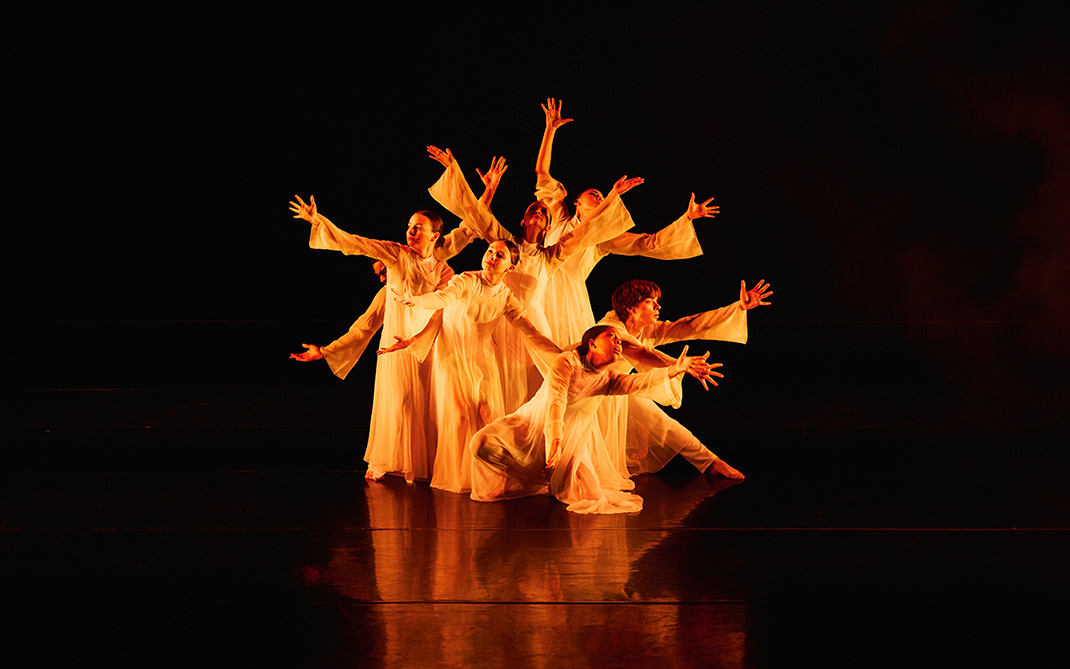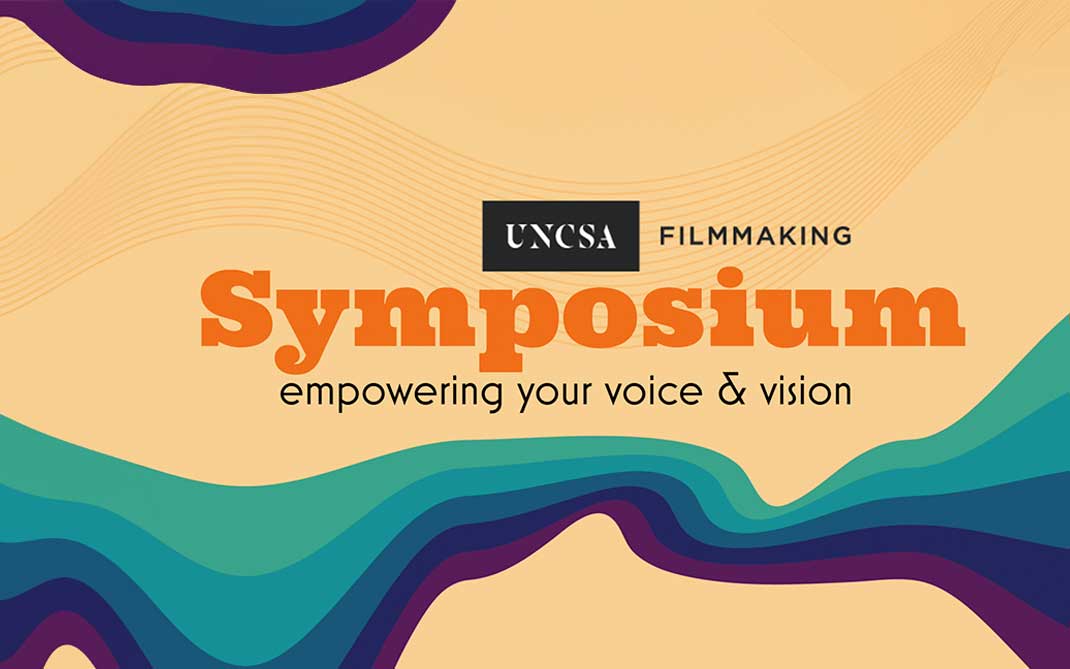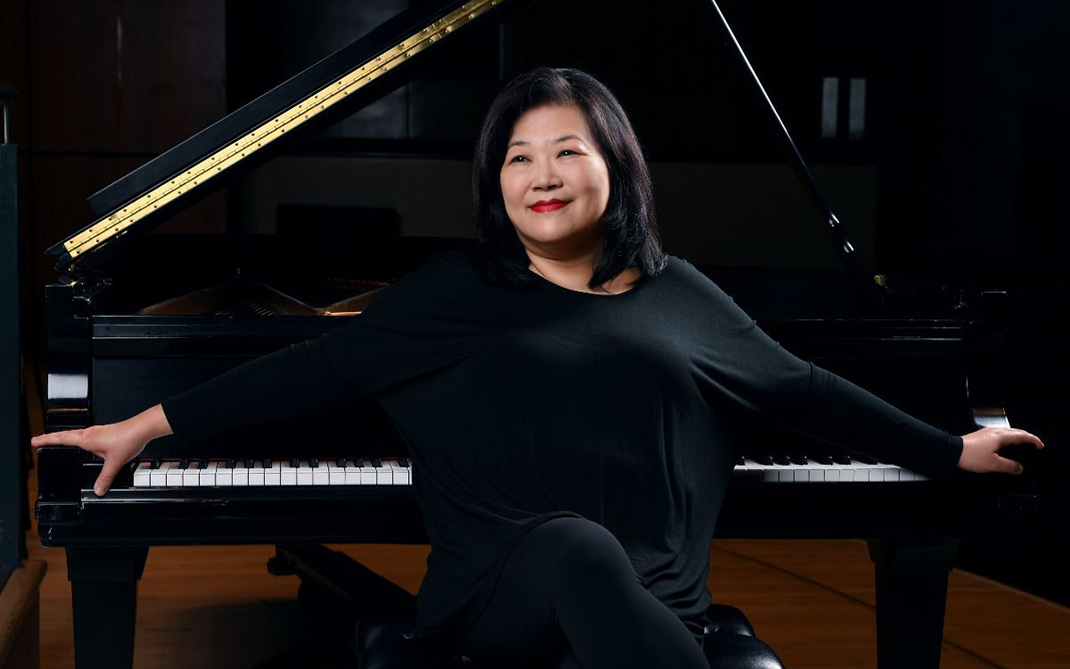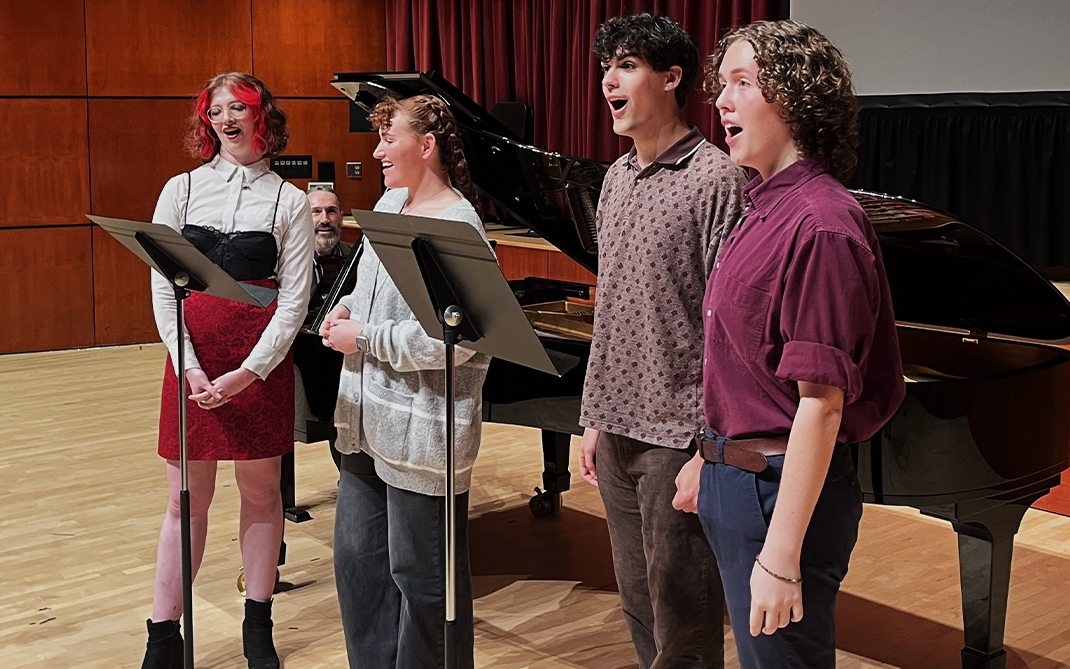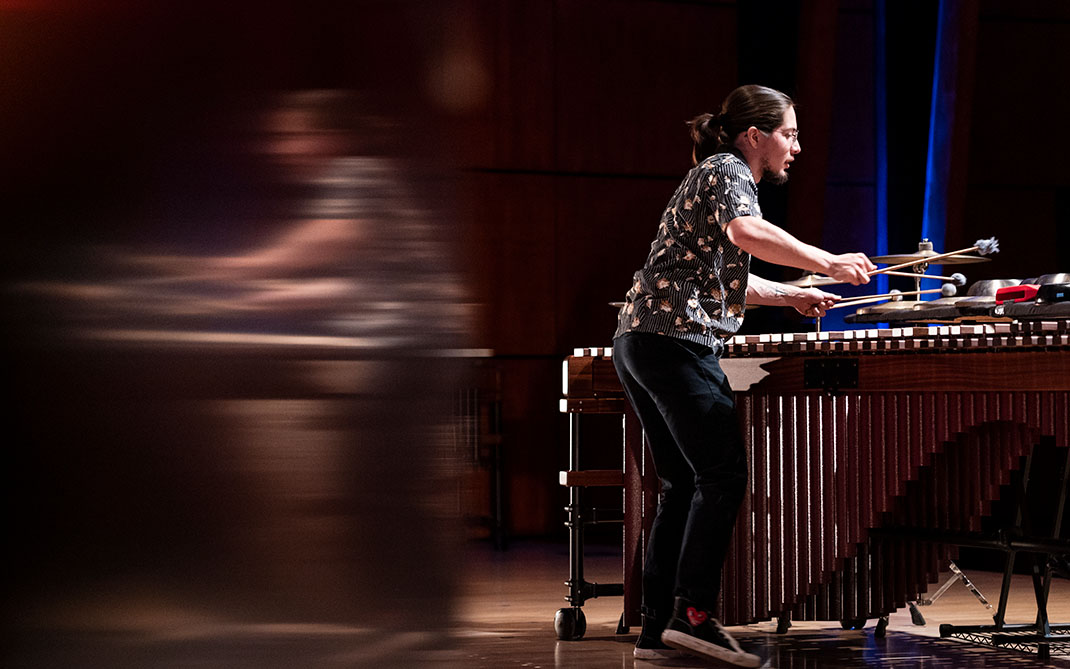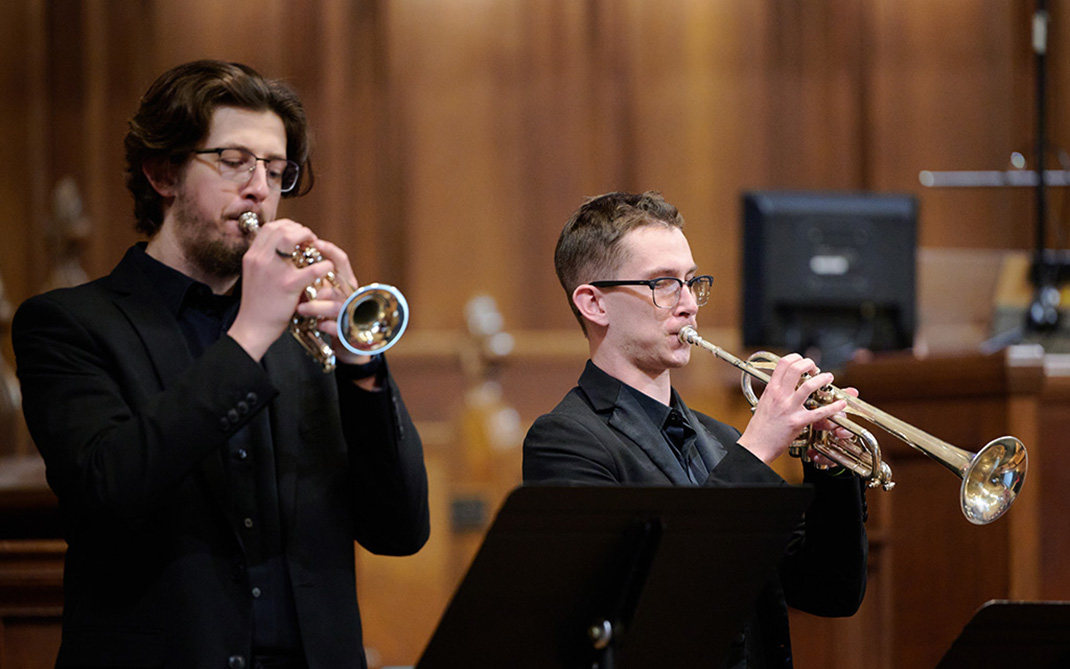Building creative community: Convening explores arts ecosystem in North Carolina
George Scheer opened the Southern Constellation Convergence with a sober reminder to the artists gathered at Duke University’s Nasher Museum of Art this past December.
“We need to remember,” Scheer said, referring to the deadly fire that broke out Dec. 2 at a residential artists’ collective in Oakland, California. The blaze claimed the lives of 36 people during a concert at the ramshackle warehouse known as Ghost Ship, which was not licensed for dwelling or events. The old building where a community of artists once thrived quickly became a death trap.
“Among its many lessons, the tragedy of Oakland points to the unrelenting drive of artists to create, to make space for their work and their audiences, despite the conditions, despite the resources, and despite their own safety,” Scheer said. “We are also confronted with how the value we place in artists, or don’t, directly relates to the resources we place in our community infrastructures, housing, businesses and development.”
Scheer is the co-founder and Director of Elsewhere, a living museum and artist residency program set in his family’s former thrift store in downtown Greensboro. He was also the primary force behind the Dec. 17 convening, designed to explore North Carolina’s cultural ecosystems, assets and arts practices.
The Thomas S. Kenan Institute for the Arts at the University of North Carolina School of the Arts partnered with Elsewhere and the Nasher Museum for the event.
We are trying to engage more thoughtfully and consciously in building creative community, in the region and in the state, and this convening is an example of that. It isn’t just physical structures — it is the relationships and strategies and needs that we all share.
Corey Madden, Thomas S. Kenan Institute for the Arts
“I wanted to make sure that UNCSA and the Kenan Institute were part of these conversations,” said Corey Madden, the Executive Director of the Institute. “We are trying to engage more thoughtfully and consciously in building creative community, in the region and in the state, and this convening is an example of that. It isn’t just physical structures — it is the relationships and strategies and needs that we all share.”
The convening drew about 100 people from across the state — artists, arts educators, arts activists and leaders of professional arts organizations, among others — for a daylong discussion about how to foster a more equitable cultural economy and artistic landscape.
Nia Umoja, Creative Director of Cooperative Community of New West Jackson (CCNWJ), delivered the keynote address. A grassroots collective, the group’s mission is to build a sustainability model neighborhood “from the ground up and from the inside out” in an urban community once plagued by crime, poverty and neglect.
We never change things by finding the existing reality. To change something you have to find a new model that makes the old model obsolete.
Nia Umoja, CooperativeCommunity of New West Jackson
“We never change things by finding the existing reality,” Umoja told the crowd. “To change something you have to find a new model that makes the old model obsolete.”
With a 95 percent unemployment rate among 130 households in an eight-block area, residents of West Jackson held little hope for change before CCNWJ was founded, Umoja said.
“We had this neighborhood dumping ground, which the residents had been trying for years to get the city to do something about,” she recalls. “We began doing it with our bare hands and with neighborhood residents. We modeled it. We took down 30 trees on the property with chain saws and hand saws. People came out into the street and watched it like it was a theatre show.”
Organizers conducted a skills assessment of residents and discovered that 90 percent of them had a farming background. They also found carpenters, brick masons and artists living among them.
“So we said, ‘Why don’t we build a farm on this land?’ Our biggest asset was the untapped resources of the people,” she said. “It became an art installation. It’s not about the product of the farm, it’s about the process of how it came to be. You can’t build a sustainable neighborhood if you extrapolate the talents of the residents.”
In addition to creating a cooperative-owned farming business, CCNWJ raised the money to buy 65 properties in the community and hired residents to begin rehabilitating homes.
“We are not fighting gentrification. We are building and securing so that gentrification won’t be an issue,” Umoja explained, adding that CCNWJ has 30-year leases with the property owners with no intention of raising rents.
We want improve the neighborhood but we don’t want to lose the people in the process. It is very complex, slow and humbling work. Change happens by the speed of trust.
Nia Umoja,CooperativeCommunity of New West Jackson
“We want to secure people in place and build opportunities for people who have weathered the worst of times in this place. We are hoping we can figure out what this process of development looks like. We want improve the neighborhood but we don’t want to lose the people in the process. It is very complex, slow and humbling work. Change happens by the speed of trust.”
Later in the day, Madden led a “power mapping” exercise, breaking the larger group into four teams to brainstorm existing arts assets in four regions of North Carolina: Eastern (including Wilmington), the Triad, the Triangle and Western (including Charlotte). Broadly defined, arts resources could be anything from collective studios, cultural arts programs, community centers and human capital to parks, professional organizations, performing spaces and public installations.
Then participants reflected on the collective picture the mapping exercise created as well as the connections and barriers it revealed. While assets abound in every region, the map showed that the state’s arts ecosystem operates in hubs and in silos with a lack of connectivity. Divisions in race, class and language present challenges. And clearly, Raleigh rules as the power broker in terms of policy and public funding.
“Getting together on issues like this could be something big for us to work on together,” Madden said. “As artists, we should be the people who cross the boundaries. And if we don’t see that as a fundamental leadership role, then we’ve given up our power.”
Jan Detter, an artist and professor of creativity, innovation and social enterprise at Wake Forest University, wondered how class might factor into resource distribution.
“One of the things we haven’t talked about today is class,” Detter said. “This group is an educated group of people, but many people who are part of arts cultures in the state do not have that in common with us. That is a huge barrier, and it often isn’t spoken about.”
Sheryl Oring, an assistant art professor at UNCG, suggested that a simple directory of arts resources across the state or an arts journal might be helpful in moving forward.
The mapping exercise made it clear there really are a lot of arts institutions in the state but sometimes they are isolated in their own communities. This idea of networking through the region is really important. Connecting is crucial, maybe even more crucial in light of the election.
Sheryl Oring, Assistant Art Professor, UNCG
“The mapping exercise made it clear there really are a lot of arts institutions in the state but sometimes they are isolated in their own communities,” Oring said. “This idea of networking through the region is really important. Connecting is crucial, maybe even more crucial in light of the election.”
Such support is important because many artists operate like small business owners and have limited resources. Not only do they create art, often they must create a marketing plan, keep the books, manage people and the like.
“You share resources, you share ideas,” she added. “Having a community of people who can point you in the right direction is really important.”
Moving forward, Scheer and Madden said they hope to continue these conversations in other venues across the state and eventually develop models that communities can put in place to help professional artists of all kinds thrive.
Madden challenged the group to be guided by the wisdom of Umoja and the CCNWJ model.
“We have a lot that’s broken, a lot that doesn’t work, but you can’t go any faster than you should. What should be the first thing we do? And what should be the second thing we do?” she asked.
“The North Carolina Arts Council can only do so much. It is incumbent upon the creative community to build up their infrastructure, their strategies, their alignment. We need to do that based on what our creative community says it wants and needs most.”
###
March 01, 2017
